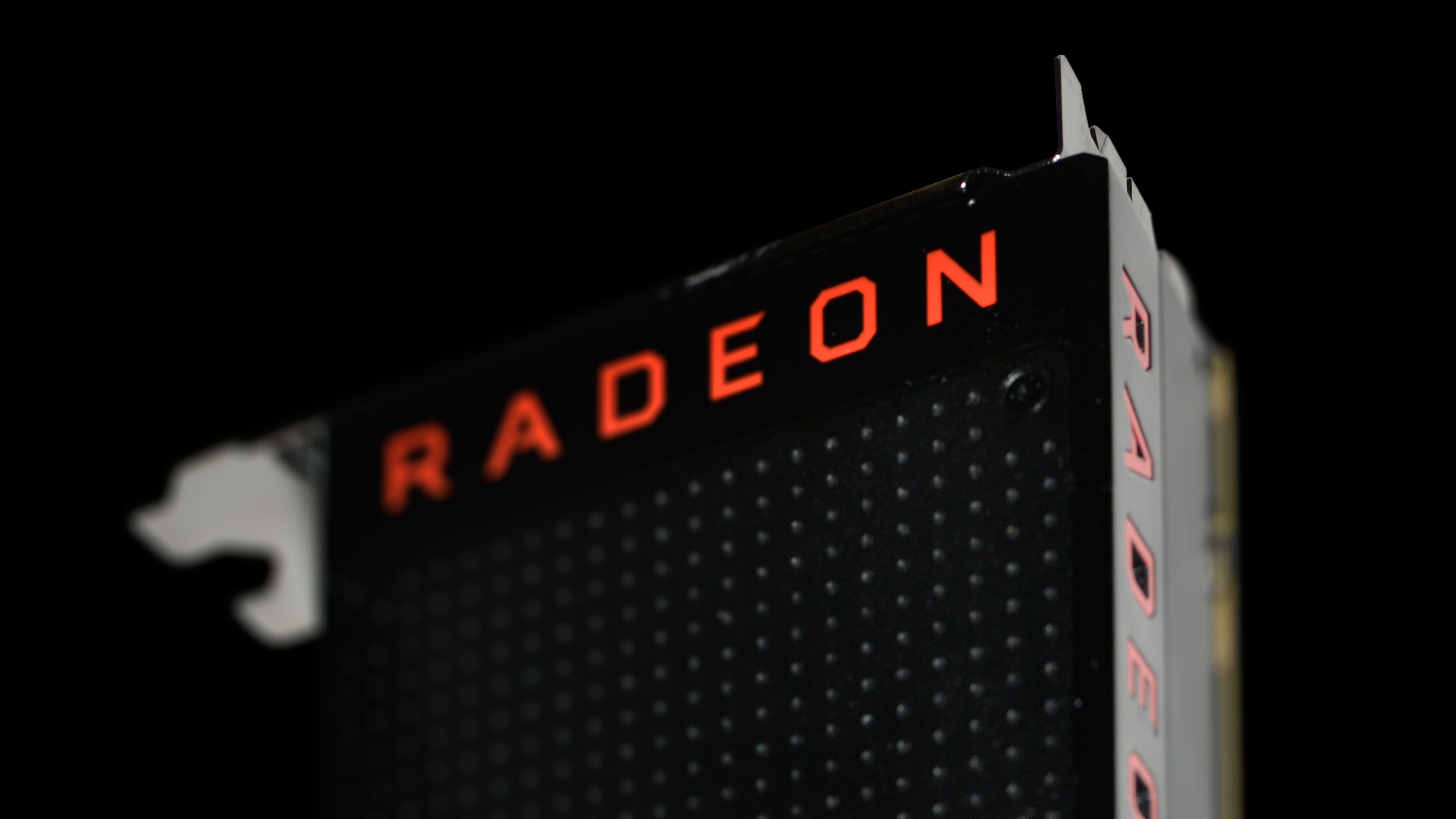AMD’s graphics boss wants to see raytracing support on low-end GPUs
Here's what AMD's David Wang really said about raytracing.
All eyes are on AMD to see when and how it responds to Nvidia's GeForce RTX series launch, and specifically if it plans to implement dedicated real-time raytracing hardware into its future graphics cards like Nvidia has done. David Wang, one of the bosses of AMD's Radeon Technologies Group, offered up his own personal insight into the situation and may have hinted at AMD's future plans in the process.
Wang is one of two people AMD hired to lead its efforts in discrete graphics after Raja Koduri bailed, ultimately landing at Intel. Mike Rayfield is the other. Wang's role is that of senior vice president of engineering, and both he and Rayfield report to AMD CEO Dr. Lisa Su.
During AMD's recent The Next Horizon event, Japanese gaming website 4Gamer spoke with Wang about all thing graphics, including the topic of raytracing. Unfortunately, a Google translation of the interview has led to some incorrect assumptions, such as that AMD will not be focusing on raytracing until it's a feasible technology for low-end GPUs. However, that's not what he actually said.
OC3D tapped a native Japanese speaker to get an accurate translation of the interview. According to that translation, Wang did say "AMD will definitely respond to [Microsoft's] DirectX Ray Tracing (DXR)" technology, but prefaced his comment by saying "This is a personal view."
It's a bit of a weird statement considering that Wang is one of two people who are in charge of AMD's graphics division. He would (or should) know as well as anyone at AMD what the company's plans are. Nevertheless, he isn't committing to anything in regards to raytracing at the moment, and instead is offering an opinion.
Wang also indicated that raytraced gaming won't be a mainstream thing until it's offered on "all ranges [of GPUs] from low-end to high-end." That doesn't mean AMD is shying away from raytracing hardware until it can be offered in its entire GPU product range—Wang is simply stating the obvious here.
We'll have to wait and see what actually materializes. In the short term, AMD is rumored to be refreshing Polaris once again, with a Radeon RX 590 featuring faster clockspeeds and presumably better power efficiency. AMD also recently announced its first 7nm Vega GPU for professionals, and looking further down the line, it has a new GPU architecture called Navi on its roadmap. It's been rumored that Navi might be a midrange solution, though Dr. Lisa Su also recently stated in an interview with Barron's that AMD still intends to be "competitive in high-end graphics."
Keep up to date with the most important stories and the best deals, as picked by the PC Gamer team.
Paul has been playing PC games and raking his knuckles on computer hardware since the Commodore 64. He does not have any tattoos, but thinks it would be cool to get one that reads LOAD"*",8,1. In his off time, he rides motorcycles and wrestles alligators (only one of those is true).



